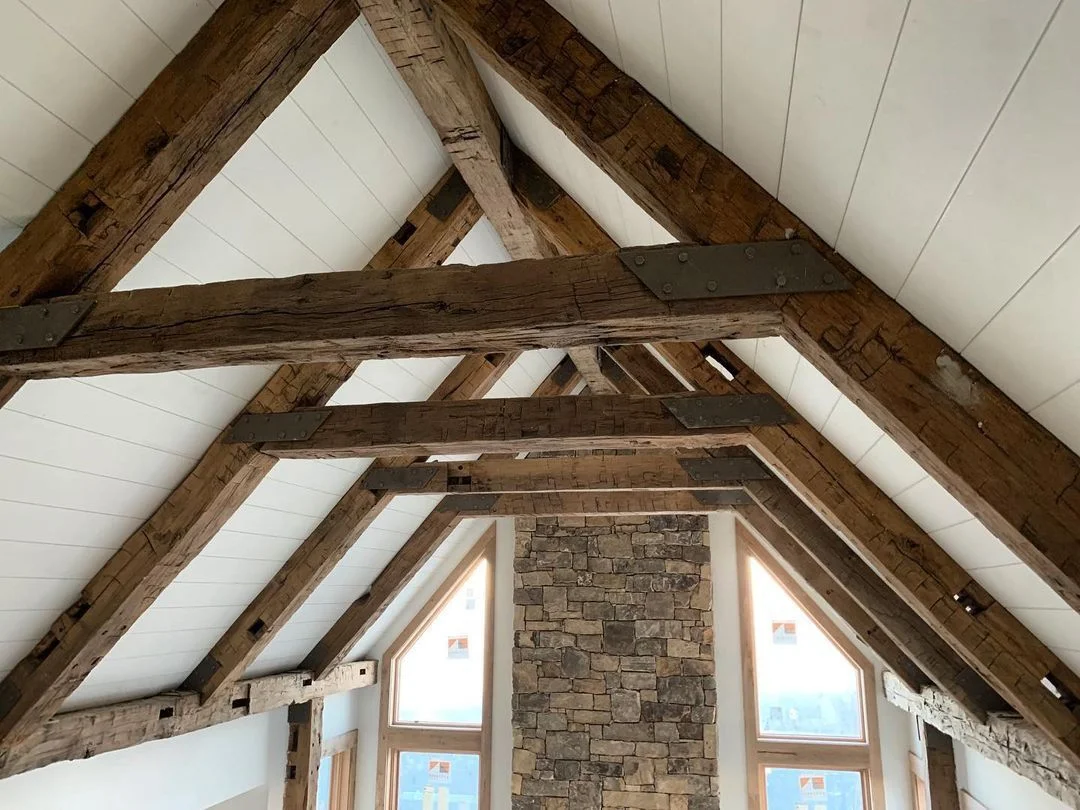Whether you’re building a shelving unit for your home workshop or adding extra storage space into your bedroom closet with some chic floating shelves, selecting the right wood for the job is a necessity. With countless wood options to choose from, it can be difficult to know which is best suited for your project and its design needs. In this blog post, we’ll take a closer look at why the type of wood matters when picking out shelves for your home and provide some helpful tips on how to choose wood for shelving.
Why the Type of Hardwood You Choose for Shelves Matters
When it comes to shelves, it’s easy to think that all wood is created equal. But the truth is, the type of wood you use can make a big difference in the durability, strength, and overall appearance of your shelves. For example, pine might be a more affordable option, but it’s also softer and will dent more easily. On the other hand, oak might be more expensive, but it’s durable enough to last for generations. Choosing the right type of wood for your shelves can ensure that they not only function well, but also add to the aesthetic of your space.
Why Should You Avoid Using Wood Composite Products for Shelves?
Wood composite materials, such as particleboard or MDF (Medium-Density Fiberboard), may not be the optimal choice for shelves due to various factors. Firstly, they are prone to brittleness, which can result in sagging or distortion over time and ultimately compromise their structural integrity. Additionally, their limited weight-bearing capacity makes them unsuitable for storing larger items. Moreover, these materials are sensitive to moisture and can swell when exposed to high levels of humidity or water. Repairing damaged composite shelves is considerably more challenging compared to solid wood alternatives. However, in situations with low moisture levels and minimal weight requirements, wood composites can offer a cost-effective solution.
What Are the Best Wood Species for Shelves?
When it comes to accent shelves, salvaged wood stands out as a fantastic option among the various wood types available. Many individuals are drawn to the idea of using reclaimed wood in their homes because it not only demonstrates ecological responsibility but also opens up a world of creative possibilities.
Reclaimed wood shelves are crafted from timber that was previously utilized in different buildings, such as tobacco barns, factories, or antique homes. Consequently, each shelf carries its own unique history and exhibits qualities like distinct color variations and textures.
Harder wood varieties like oak or maple are often favored when shelving. These hardwood species possess the necessary strength to withstand the weight of books and other items and, when sanded and stained to achieve any desired aesthetic, become an excellent choice for shelves.
In contrast, softer woods such as pine or cedar find their place when making thicker shelves. Although these wood species are more delicate, they offer a lighter weight option for thick boards making them easier to handle and install.
How Thick Should Wood Be for Shelves?
In the wood shelving industry, the standard thickness of wood used is typically 3/4-inch. However, if you want to highlight the natural look of the wood, you can consider using alternative thicknesses ranging from 1 1/4-inch to 3 inches.
Choosing the right thickness for your shelves isn’t a one-size-fits-all decision. It depends on various factors such as the overall size and weight of the shelves, as well as the type of wood you’re using. If you’re planning to create a sturdy wall shelf that will hold a lot of weight, you might need a thicker piece of wood. On the other hand, for a lighter shelf, a thinner piece of wood will be enough.
What Is the Maximum Weight Capacity of a Shelf Bracket?
Determining the maximum weight capacity of shelf brackets is crucial for ensuring the stability and reliability of wood wall shelves. You certainly don’t want your shelves to collapse unexpectedly! On average, most brackets have a weight capacity ranging from 30 to 50 pounds.
However, it’s important to note that the weight capacity can vary depending on the style and material of the bracket. For instance, steel brackets tend to offer higher weight capacities compared to plastic brackets. Therefore, if you’re planning to install shelves that will hold substantial weight, it is advisable to choose brackets that are specifically designed and rated for heavy-duty applications. By selecting brackets that are up to the task, you can ensure the safety and longevity of your shelves and any items they are holding.
What is the Appropriate Height for Bookshelves?
Determining the appropriate height for shelves is essential for convenient access. Typically, bookcases are designed to be no taller than 84 inches to ensure ease of reaching the shelves. Smaller bookcases range in height from 30 to 42 inches. For an average-sized individual, a bookshelf standing at a height of 72 to 78 inches allows for comfortable access to the top shelf.
What Is the Ideal Spacing Between Shelves?
Determining the ideal spacing between shelves depends on the type of shelving unit and the items being stored. Wooden floating shelves, for instance, are typically spaced farther apart compared to regular shelf systems. These shelves are created to hold bigger items like vases, books, and frames. For instance, the recommended shelf spacing for bookshelves is typically between 8 and 12 inches.
In cases where oversized books are being stored, a spacing of 15 inches between shelves might be necessary. If you have a combination of large and small books and need to adjust the spacing between shelves, it is advisable to maintain wider spacing towards the bottom to prevent the bookshelf from toppling over. By considering the type of items being stored and ensuring appropriate spacing, you can optimize the functionality and stability of your shelving arrangement.
It is important to consider the style, size, and design of the shelving you want when choosing the right type of wood. Different woods have different structural characteristics that lend themselves best for different purposes. Ultimately, taking these factors into consideration should help you pick the ideal wood material for your particular shelving project. With just a bit of research and planning in advance, you can be certain that your shelves will be perfectly constructed and look great both now and down the road!








